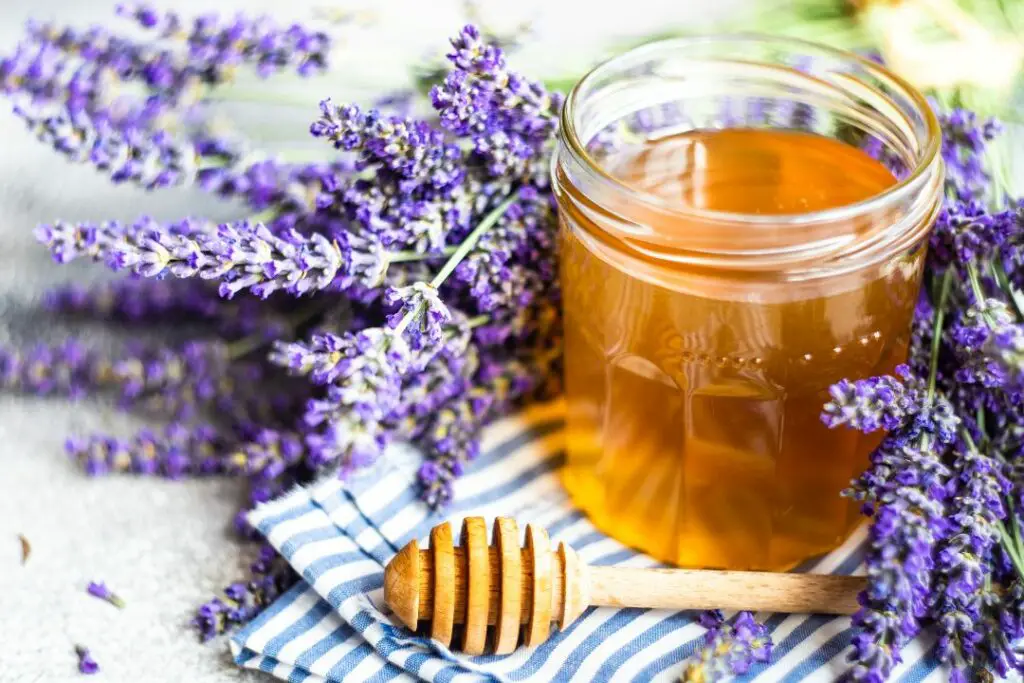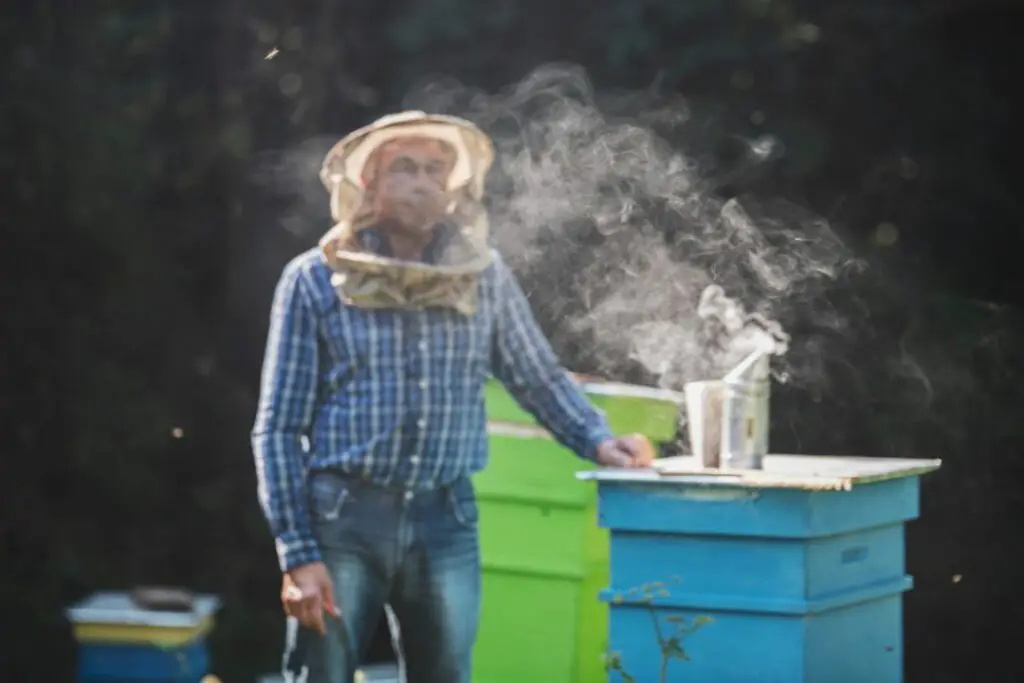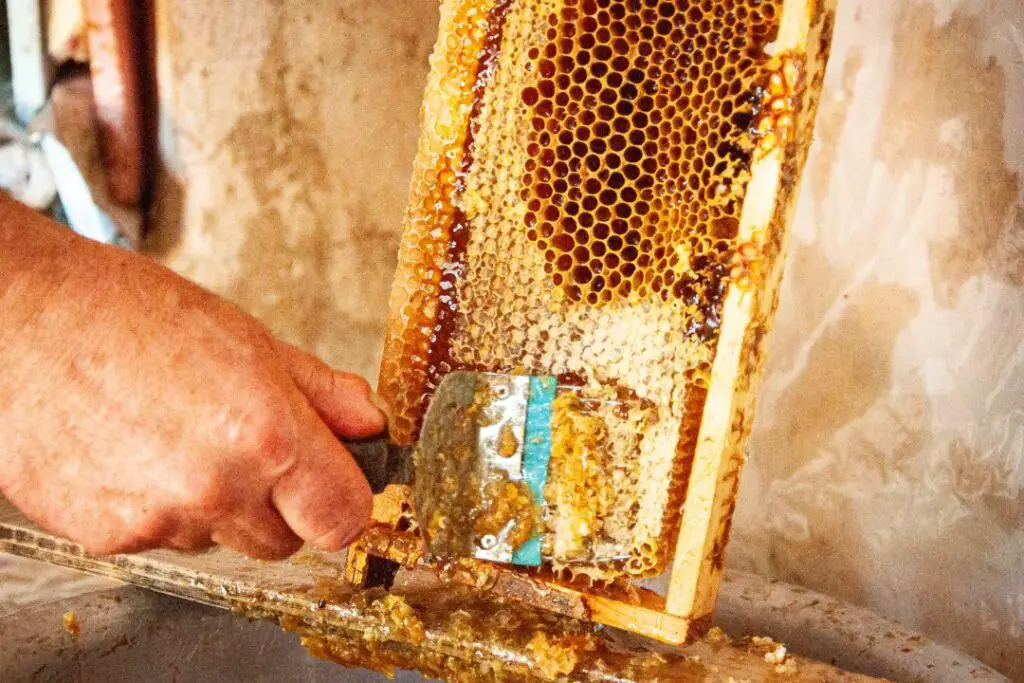Last updated on October 24th, 2023 at 04:43 pm
While beekeepers’ primary focus is the care and well-being of their colonies and hives, there is the matter of actually making honey. There’s a common misconception that beekeepers have a building or room dedicated to harvesting honey.
This is actually false, as most amateur beekeepers harvest and process their honey in their own home kitchens or any available space in their home. However, larger honey producers do have buildings and rooms exclusively reserved for processing honey at scale, referred to as a honey house.
Having a dedicated space specifically for processing is considered by many the best way to accomplish the hygienic environment required to sell foodstuff to the general public or even just to consume yourself. So, whether you’re harvesting one hive or one thousand hives, it is advisable to have a designated space to do so. This space or room is referred to as a ‘honey house’.
Honey houses are dedicated spaces for beekeepers to harvest and process honey
A honey house simply refers to a sanitary, hygienic space in a home or business that is used to process any honey that has been harvested from managed hives. It’s also commonly used for handling pollen and propolis alongside rendering beeswax for use in candles, balms and salves.
If you’re considering taking up beekeeping as a hobby check out our comprehensive guide on how to start beekeeping and find out more about this fascinating hobby.
*Additional reading – You might be surprised to find out why honey is bad for bees in some ways.
Why do you need a honey house?
While the idea of processing your honey stores outside may be a pleasant one the reality is not. Honey is quite the prize in animal and insect kingdoms due to its calorific nature and high sugar content.
This means that handling your honey outside will likely lead to some unwanted guests in the form of other bees, wasps and in some scenarios even large animals including bears (you have been warned!).
Honey houses are a necessity if you want to sell your honey commercially. Lots of the requirements for producing honey for human consumption require a dedicated space for processing in the form of a honey house. If you’re considering selling your honey in the UK always refer to The Honey (England) Regulations 2015 provided by the UK government.
In the video below, Black Mountain Honey based in north Wales takes you on a tour of their honey house so you can get an inside look at how the pros get set up.
Small-scale beekeepers use their home kitchens or similar for honey houses
Small-scale beekeepers use their home kitchens for harvesting and processing honey, creating a dedicated room for a honey house is unrealistic for most homeowners.
Honey is processed in large batches using boiling water (making the kitchen a perfect choice due to easy access to a water source) which means that it can take up to two hours per batch. It is important to process honey quickly because if you leave it out at room temperature too long it will start to crystallize or ferment.
In general, smaller producers tend to use more traditional methods for harvesting and processing their honey—for example, by extracting honey from frames and pushing it out through the holes in wooden slats (this is called “open-bucket” extraction) as opposed to using a centrifuge in when extracting in larger quantities.
Large-scale honey producers have buildings dedicated to harvesting, processing and packaging.
Large-scale honey producers have buildings dedicated to harvesting, processing and packaging. The large scale of these operations requires year-round attention, so the structure must be enclosed and heated. It also needs to be air-conditioned and insulated to keep the honey at the right temperature throughout the year.
The large scale of these operations requires year-round attention, so the structure must be enclosed and heated. It also needs to be air-conditioned and insulated to keep the honey at the right temperature throughout the year.
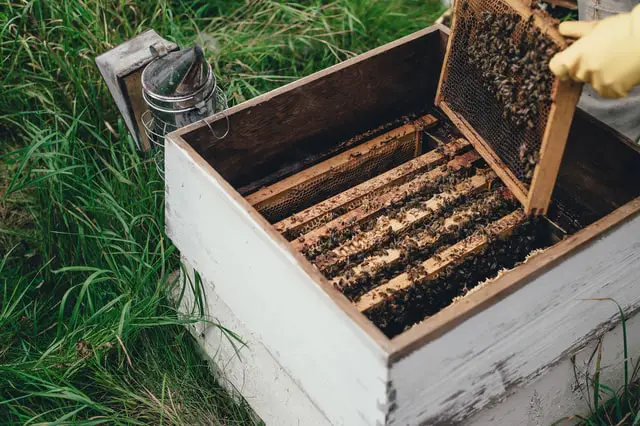
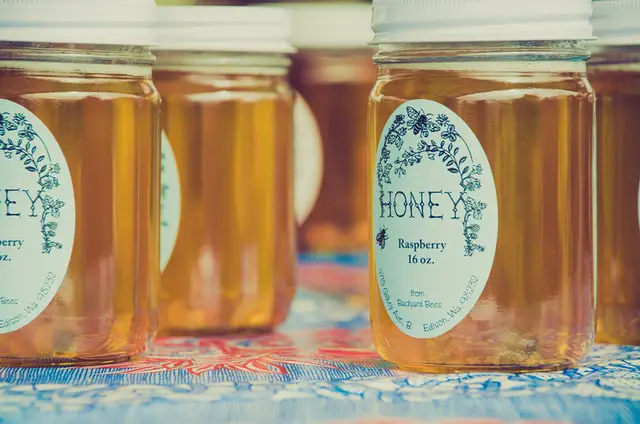
The equipment inside your honey house varies from small-scale hand tools to industrial machines
All beekeepers must start somewhere. Small-scale beekeepers harvest and process their honey at home in the kitchen, using small equipment such as strainers, butter churns, or other hand tools that typically limit their production ability to the tens of jars rather than hundreds.
In opposition to this very artisan hands-on approach, some large monoculture operations have the capability to extract several hundred pounds of honey at once translating to thousands of jars of honey ready to be sold, transported and consumed.
When dealing with these much larger operations equipment looks like large industrial machines with augers (large conveyors) that are used for transporting processed liquid material through piping systems that move it between stations for further processing into finished products such as creamed honey or thick-cut blocks of crystallized honey.
Equipment commonly used in a honey house
A honey extractor – This machine removes the wax and honey from the combs of a beehive; it may also crush, strain and filter out pollen particles as well. Commercial beekeepers use very large extractors to do this work, while hobbyist beekeepers have a much smaller version called a “crush-and-strain” unit that will remove most of the wax from their honeycombs. The crushed comb can then be returned to the bees for reuse later or thrown away.
A honey filter/strainer – This device strains out larger particles in your batch of raw honey so it will look nicer when bottled or put into jars for sale at farmer’s markets or local grocery stores. You can get one at any store that sells beekeeping supplies (or online). It comes with instructions on how best to operate it properly so you don’t damage your whole batch!
A heat source is needed to remove the beeswax cap covering each cell in the comb. The beeswax cap is removed by heating it to a certain temperature, which melts the wax and allows you to remove it with your hands or a scraper.
The type of heat source you use depends on how much effort you want to put in. A propane torch will do the job quickly and easily, but it also requires more effort than a heat gun or hair dryer.
Planning your honey house
Planning your honey house can be a sticky situation. You want to make sure you have everything you need, but you don’t want to waste your time or money on things that aren’t necessary. So how do you go about planning for your honey house?
First things first: Make sure you have access to water. If there’s no running water nearby, find out if it’s possible to run a line from your house or garage or wherever else you might be storing your equipment and supplies to the area where the bees will be.
Next up: cleanliness and hygiene! This is important for a few reasons: one, it helps keep things sanitary for both humans and bees; two, it makes sure that any disease-carrying insects don’t get into the stores; three (and most importantly), it keeps bacterial growth in check so that no one gets sick from eating the honey!
Finally: accessibility! After all this work has gone into preparing your honey house, don’t make life harder by picking a location too far from your hives. You’ll likely be carrying equipment and honey frames between your hives and honey house regularly so plan ahead to avoid lots of walking back and forth.
Keeping your honey house clean
There are a few tips and tricks you can employ to keep your processing area clean and tidy.
- Close windows and doors to avoid any unwanted visitors
- Place sheets of baking paper underneath your supers to catch any dripping honey
- Line the floor with newspaper for an easy cleanup
- Keep empty frames in a wash bowl to avoid any drops landing on the floor after you’ve extracted
- Always keep a store of old rags for quick clean-ups and spillages
Conclusion
We hope you enjoyed learning about honey houses! They’re a fascinating part of the process of harvesting and processing honey and without them, we would be fighting off swarms of insects and animals vying for the precious resource we all love.

